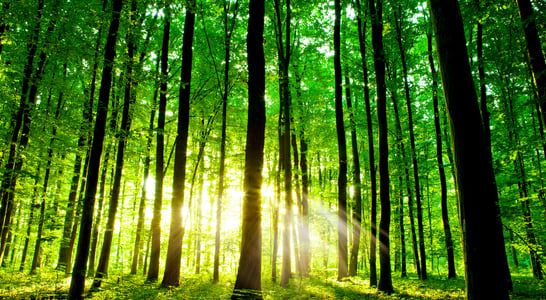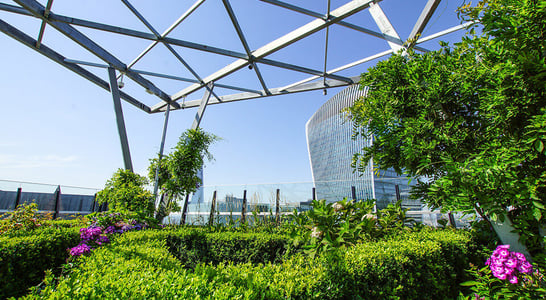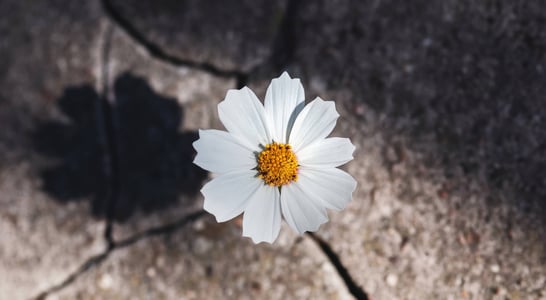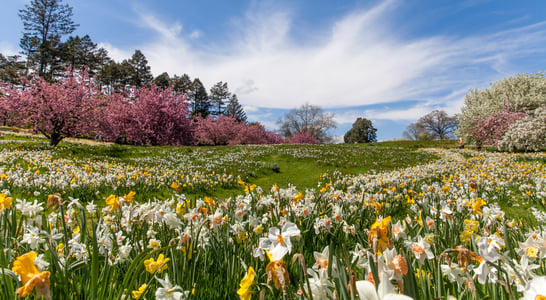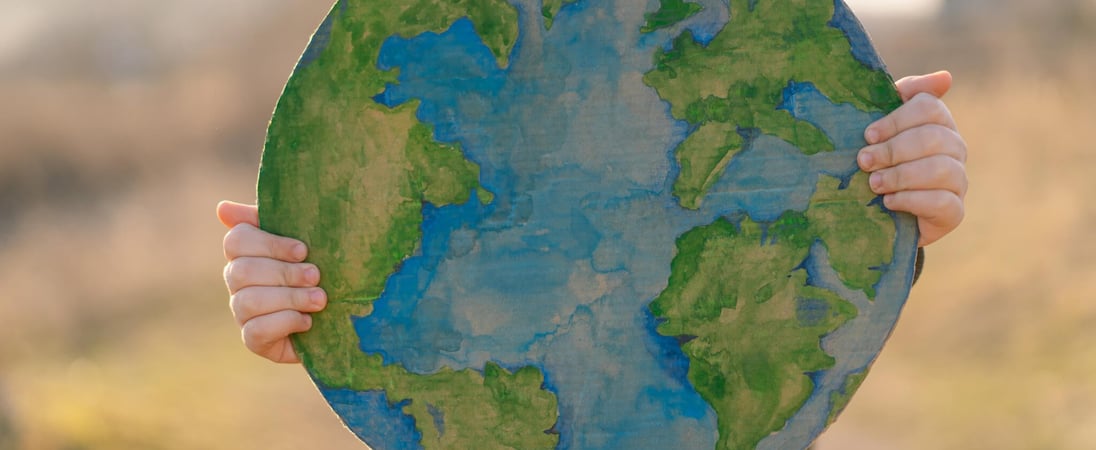
International Mother Earth Day
International Mother Earth Day is celebrated every April 22. It serves as a powerful reminder of our planet’s fragility and our urgent need to protect it.
The significance of this day lies in its ability to unite more than one billion people worldwide. It has encouraged actions toward sustainable living that benefit humans and the environment.
There are numerous critical reasons for celebrating International Mother Earth Day. It emphasizes the importance of protecting our environment, raises awareness about environmental issues, and educates the public on the need for conservation.
International Mother Earth Day also highlights the interconnectedness of all living beings and pinpoints the importance of combatting climate change and biodiversity loss.
It’s a day when people across the globe come together to demand political action for environmental protection. Celebrating this day underscores our collective responsibility to ensure the well-being of our planet for current and future generations.
History of International Mother Earth Day
The history of International Mother Earth Day began long before its official establishment by the United Nations in 2009.
This day’s roots can be traced to significant environmental milestones and awareness movements. It all started with Rachel Carson’s groundbreaking book “Silent Spring” in 1962, which played a pivotal role in raising public awareness about environmental issues and the impact of pollution on living organisms and human health.
The concept of Earth Day itself was born out of a massive oil spill in Santa Barbara, California, in 1969. Inspired by the energy of student anti-war protests, Senator Gaylord Nelson of Wisconsin envisioned a day to educate the public about the environment.
With Denis Hayes’s help, they organized the first Earth Day on April 22, 1970. This event resulted in 20 million Americans taking to the streets.
This massive movement led to significant political outcomes, including the creation of the U.S. Environmental Protection Agency and the passage of groundbreaking environmental legislation such as the Clean Air Act and the Clean Water Act.
The momentum continued to grow, and by 1990, Earth Day had become a global event, mobilizing 200 million people in 141 countries.
This worldwide participation helped bring environmental issues onto the world stage, paving the way for further international environmental summits and discussions, such as the 1992 United Nations Earth Summit in Rio de Janeiro.
This summit was instrumental in fostering a global dialogue on sustainable development and environmental protection.
Recognizing the need for a global perspective on environmental care, the United Nations officially established International Mother Earth Day in 2009.
This day emphasizes the Earth and its ecosystems as our home and promotes a shift towards a non-anthropocentric relationship with nature, acknowledging nature’s rights in the context of sustainable development.
The Geneva Environment Network notes that the original impetus for environmental protection and the acknowledgment of Earth’s rights began to take shape at the 1972 UN Conference on the Human Environment.
Since then, global efforts to conserve the environment have seen exponential growth, highlighted by various conferences and initiatives aiming to foster sustainable development and harmony with nature.
International Mother Earth Day has become more than just an annual event; it represents a continuous global commitment to protecting our planet and ensuring a sustainable future for all.
How to Celebrate International Mother Earth Day
Celebrating International Mother Earth Day can be both fun and impactful. Here are a few ways to mark the occasion while contributing to the planet’s well-being:
Reduce Plastic Use
Start by cutting down on plastic. Opt for reusable bags, bottles, and other sustainable alternatives to reduce waste.
Plant Trees or Gardens
Plant trees or start a garden. This not only adds more green to your environment but also contributes to cleaner air.
Educate Yourself and Others
Spend time learning about environmental protection and share this knowledge with friends and family. Watching documentaries or reading articles on conservation efforts can be a great start.
Support Indigenous Practices
Indigenous communities are crucial in protecting our planet’s biodiversity. Learning about and supporting their practices and rights can have a significant positive impact on environmental conservation.
Participate in Clean-up Events
Join a local beach or community clean-up. This is a direct way to contribute to reducing pollution and protecting marine life.
Engage in Virtual Events
Attend virtual events or webinars focused on environmental sustainability. These events often offer insights into actions we can take to help protect our planet.
Watch Environmental Series
Explore documentaries or series that delve into the lives of animals and ecosystems. This can increase awareness and foster a deeper connection with nature.
Also on ...
View all holidaysNational Baseball Day
America's pastime, where a small, round ball sparks exhilarating moments, connecting generations through the love of sport.
National Jelly Bean Day
Put together a colorful bag of your favorite flavors, or be brave and take the risk of vomit and bogey-flavored beans in Bertie Bott’s Every Flavor Beans.
National Beagle Day
Floppy ears and soulful eyes, the beagle is man’s best friend, and a valuable hunting dog. Pamper your beagle, or join in an event like the Beagle Walk.
We think you may also like...
International Day of Forests
Nature's green lungs, where the air is pure, the trees stand tall, and life hums in a symphony of chirping, buzzing, and rustling leaves.
World Green Roof Day
See if you can create an environmentally-friendly, plant-filled space on your roof for Green Roof Day. Snap some pictures and spread the word about its benefits.




